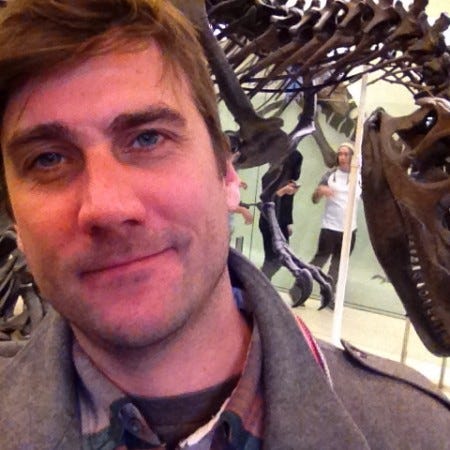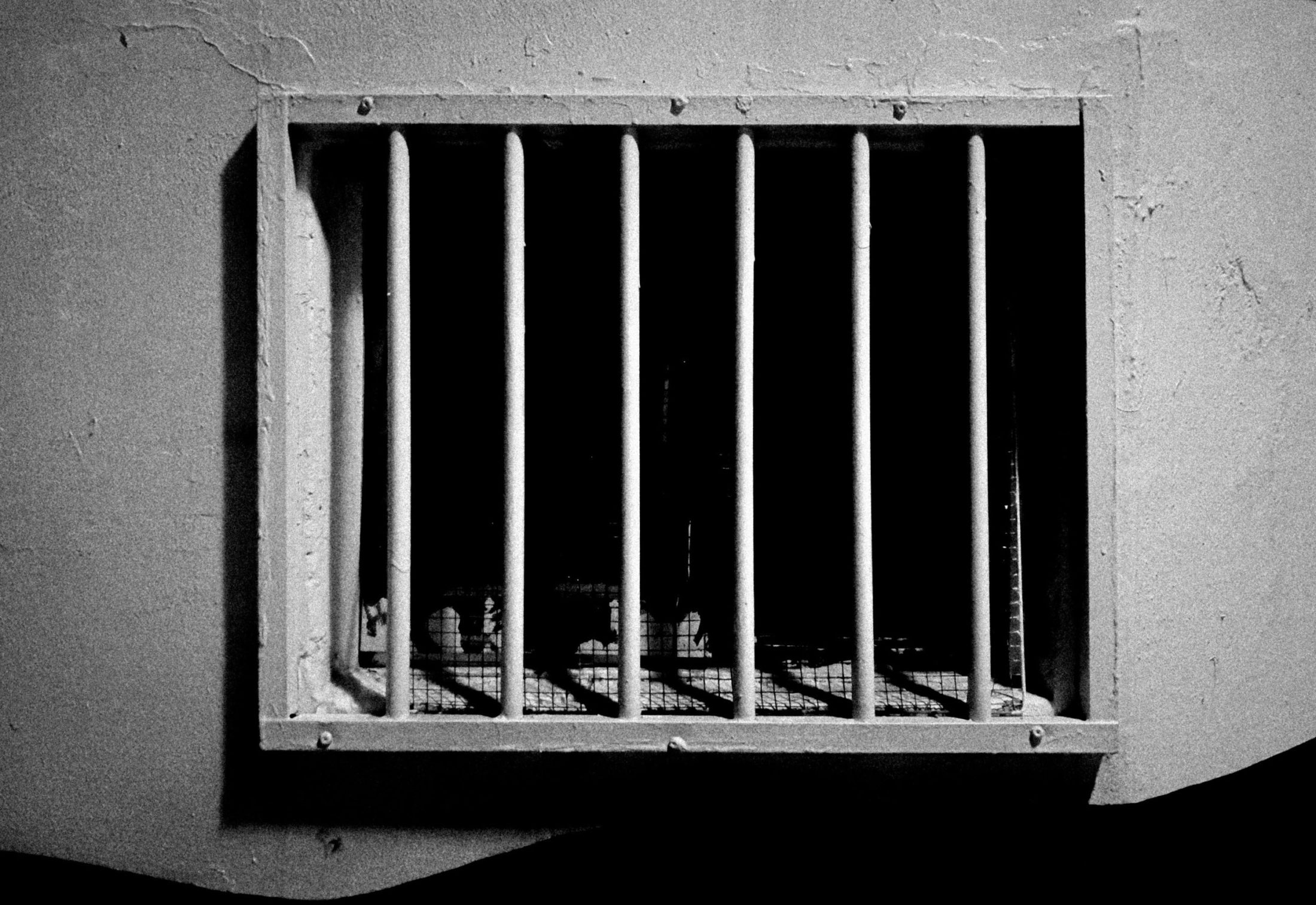essays
Scott Henkle’s Not Afraid of Failure

About fifty pages into my second novel, I had a bit of time between meeting friends, and decided to do some quick work in my notebook. The informality of the setting made me take a different tack — writing without worrying about the constraints I’d set for this book. The more I wrote, the more I realized I’d built the constraints not around what I wanted, but what I was afraid of: something that no agent would understand, that didn’t fit into a definable genre (“upmarket women’s fiction,” “cozy mystery,” even “literary”), and so on. Afterward, I decided to try ditching my self-imposed constraints for at least fifty more pages, partly because it was the most fun I’d had writing in months.
I probably wouldn’t have been brave enough to do this if I hadn’t just been talking to Scott Henkle.
Henkle is a PhD candidate at the CUNY Graduate Center, a fiction writer, and an artist, and rather than compartmentalizing these interests, he has a tendency to combine them. There is the illustrated dissertation, the novel that reads a lot like non-fiction, a live theater piece that includes animation, and an upcoming piece in Harper’s, to name a few examples. I first encountered his work at The Off Hours, a reading series I ran for a few years in Seattle. He read from his postcards, which are a hybrid of manipulated found text and Henkle’s own writing and artwork. The images were projected, and I remember thinking that it wasn’t quite like anything I’d heard before. I might have said it was hard to pin down, or maybe even strange, but Henkle would probably call it a failure.
Then again, he’d call Moby Dick a failure, too. Henkle’s dissertation, “The Architecture of Failure,” celebrates literature by writers who seem to struggle with the limitations of genre and even language itself. Henkle uses Moby Dick as an example:
“For 250 pages or so, Melville is writing pretty straight narrative and then it’s like he gets bored, or loses his mind.”
As if you can see him start fighting against the structure he had spent the whole first part of the book trying to create. “The narrative breaks apart, Ishmael and Ahab kind of drop away, and then it’s all essays, plays, meditations on every parts of the ship, parts of the whale, there are big chunks of plagiarism, that kind of thing.”
If the structure of Moby Dick does reflect Melville’s struggle and failure to create a conventionally plotted novel, it’s something a lot of writers can sympathize with — hammering out a plot almost always feels tedious and contrived at some point. Henkle has an affinity for writers who give into that frustration on the page, rejecting traditional narrative in favor of non-linear, collagist, and totally non-formulaic literature.
And here, too, is where the failure comes in: it’s really hard for work like that to achieve traditional, recognizable success. “Especially coupled with the notion that an artist is supposed to be this self-destructive genius obsessed with creating a masterpiece,” Henkle adds.
“Growing up in Ohio, disconnected from any working artists or writers, the only idea of an artist I knew was the kind of person who’d cut off their own ear, Van Gogh-style.”
I grew up in a similar environment and remember thinking that all writers were alcoholics, drug addicts, mentally ill, or some combo of those. It’s kind of funny, in a sad way, to picture a bunch of small-town teenagers spinning a Grimm-style fairy tale about the artistic life. But aside from creating my tragi-comic mental portrait, Henkle argues that popular ideas of the Artist (and his all-consuming Masterpiece) can have a real-world effect on writers and their work — from writers feeling stymied by a one-track, all-or-nothing definition of success, to an overemphasis on the masterpiece in academia. And all of this, in turn, encourages a homogony and stasis in literature as a whole. By spotlighting work that fits into neat, pre-defined boundaries, we leave a lot of the messier, weirder stuff in the dark.
So what do you do if the latter is what you actually enjoy reading and writing? Henkle would probably encourage you to go with that, even if it seems like a doomed road. He says, of his own work: “I started to think that maybe the image of the artist that I grew up with is the problem, that maybe it could be about being a crafter than, say, a genius obsessed with the masterpiece, and that good, small working could be done without the enormous pressures of success, at least not success in the forms it usually seems to take.”
There’s a lot of talk about how books are dying, readers are diminishing, and the whole literature ecosystem is beginning to fail. Whether or not that’s true, things are certainly changing, and much of the old, canonic system is starting to feel archaic. In contrast, Henkle’s genre-blurring work feels utterly modern and arresting. It at once highlights the unique value of literature as an art form, while still remaining adaptable enough to incorporate and draw from other forms. To me, that sounds pretty much like a success — maybe even one worth failing for.

Scott Henkle









